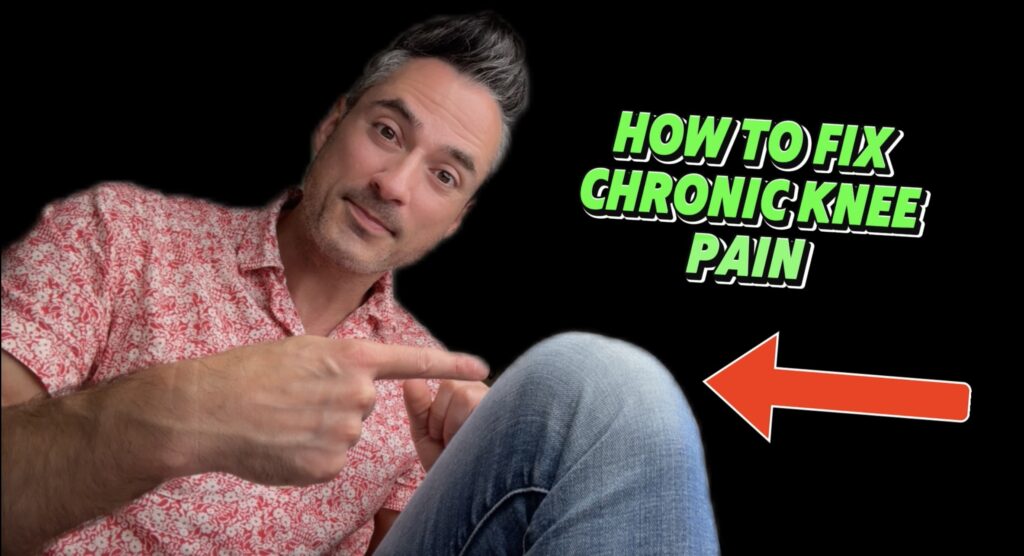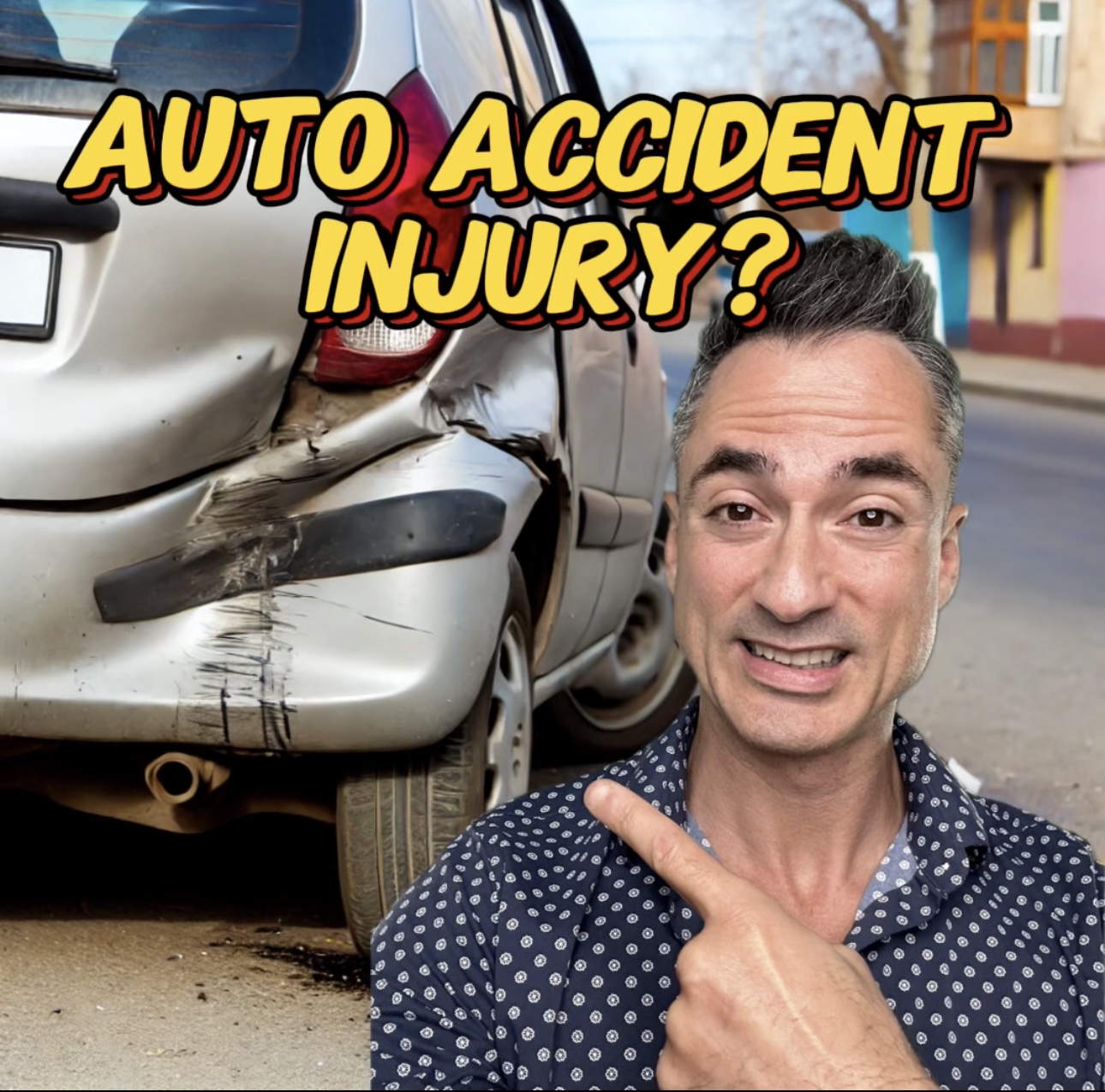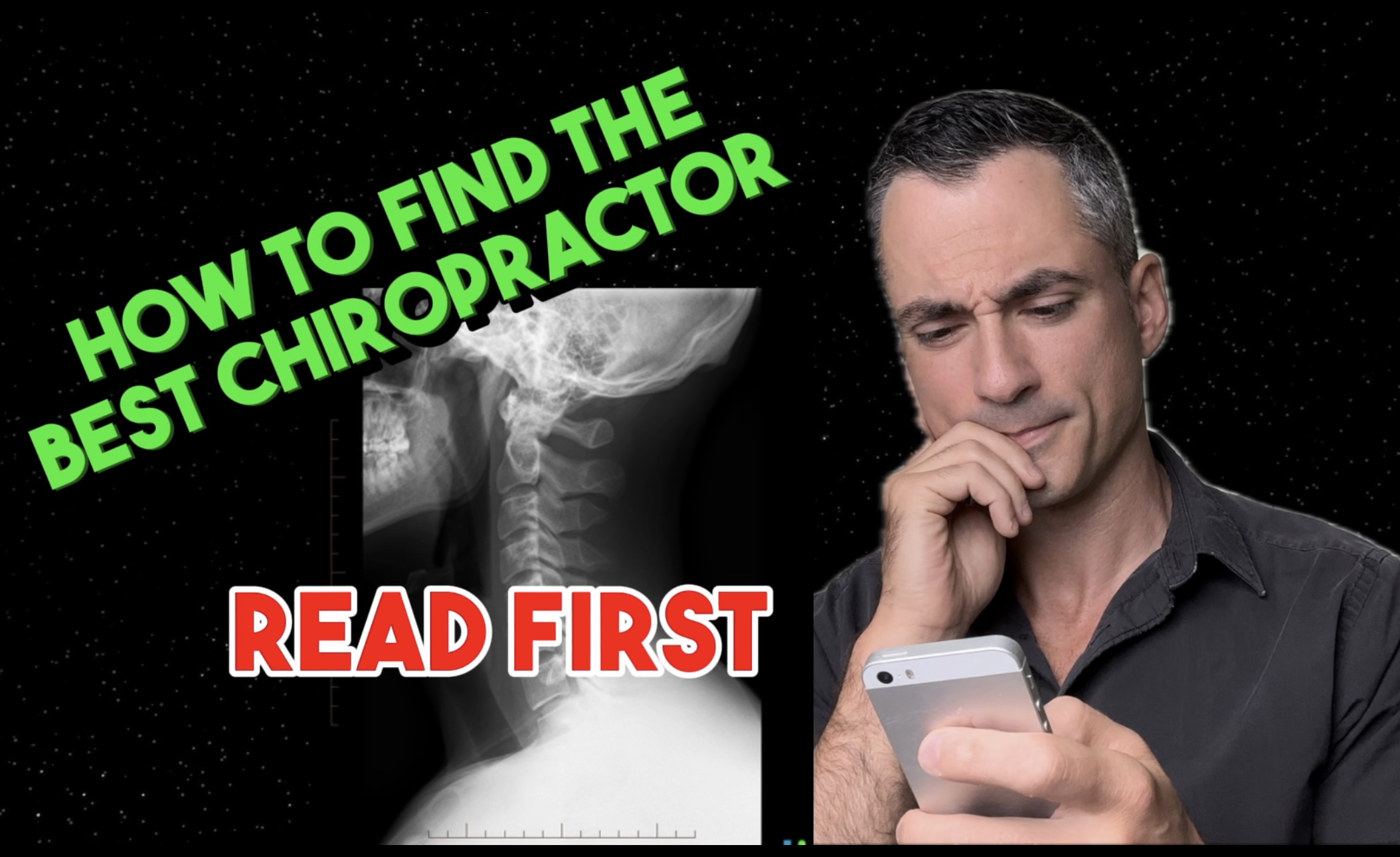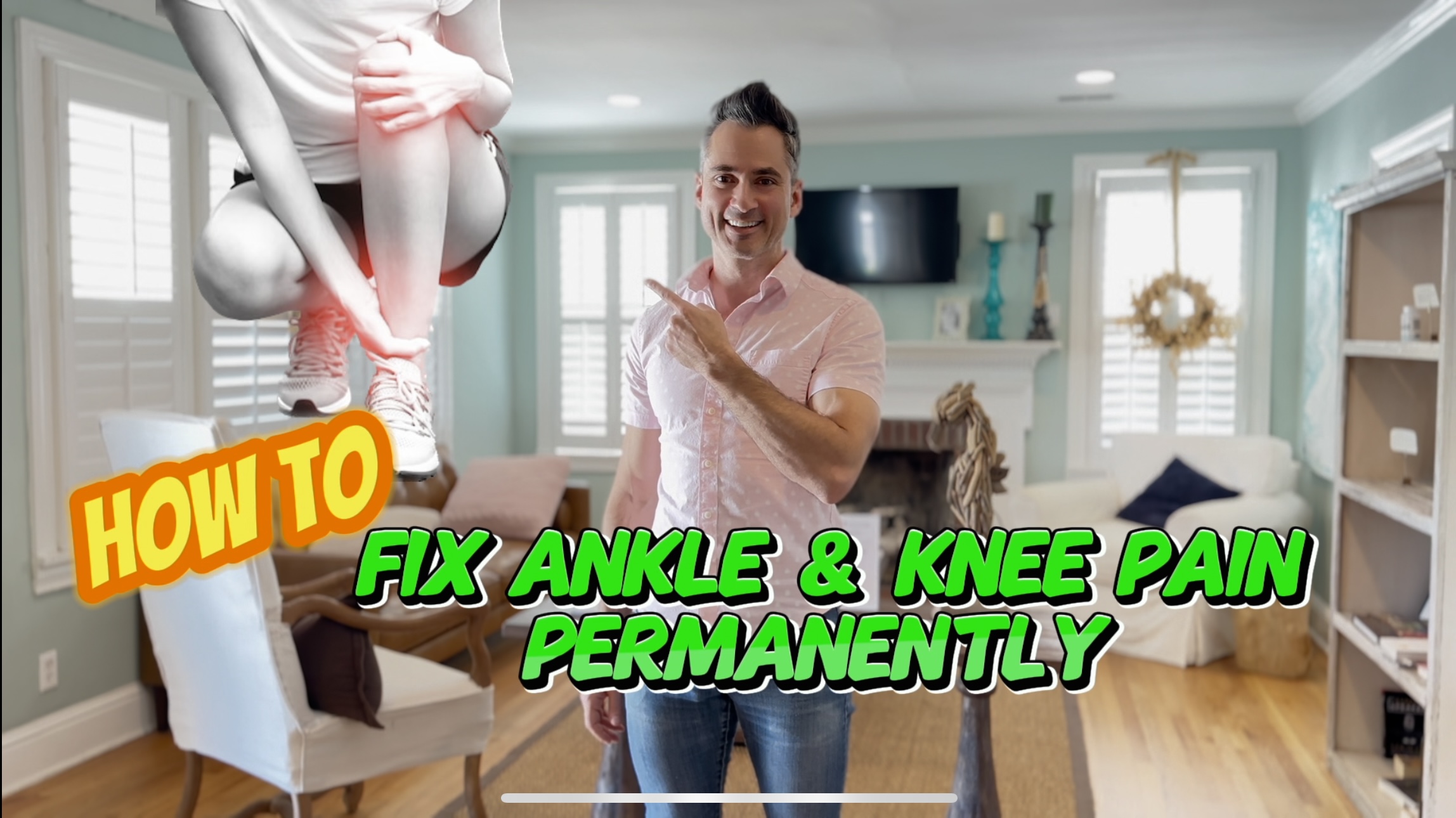
Knee pain can be a frustrating injury, but here at Elite Performance & Pain Center we look at it in a unique way, which enables us to get consistent and lasting results for our patients.
From getting patients pain free after meniscus tears, bone on bone arthritis, jumper’s and runner’s knee and nearly every IT band case that has ever walked through my door, there are some secrets that you need to know if you want to fix your knee pain permanently.
The first secret of fixing your knee pain permanently is to find the weak link. Knee’s are one of the big scapegoat’s of the body. Meaning, if your knee has pain, often it’s not his/her fault! Some other area in the body was causing extra stress or lack of stability and the knee simply because overworked and unpaid and finally injured. Meaning the root cause of your chronic knee pain isn’t likely where you’re feeling pain from.
One of my favorite knee stories is when a local Charleston Pastor, Phil, decided to give up pastoring and move to North Carolina to become a caretaker of a multi-million dollar estate of a rich businessman. A week before he was to move up there with his wife he tore his meniscus and was completely unable to walk and put weight on it. He was confined to crutches.
Now Phil became terrified that this wouldn’t look good at all to his future employers and that he would look like he wasn’t fit for the job. So he came to see me several back to back days for treatments.
The first treatment, we didn’t make a ton of progress. I noticed that the area behind his knee, where the hamstring and calf muscles do a little handshake with each other had developed scar tissue and adhesions between the two muscles and was far tighter than is should be potentially putting strain on his meniscus. His homework? Stretch, stretch, stretch that area a little all throughout the day.
The next day, Phil came in and there was no change. I hadn’t gotten a chance to treat him yet as I was running a little behind, but I would catch glimpses of him stretching the area behind his knee every time I poked my head out into the waiting area.
All of a sudden I heard a scream and someone yell out “IT’S A MIRACLE!” I quick ran out of my treatment room to see what the commotion was to find Phil, walking around my waiting area with a huge smile on his face while his crutches lay strewn across the middle of the floor. “I was just doing my homework and all of a sudden felt this pop or shift and all of the pain just melt away.” Thousands of knee cases later, I would realize that this particular imbalance is present in almost all knee pain and knee injuries.
The knee is a complex joint that does a simple job: synchronizing the hip and ankle. The hip and ankle move at vastly different rates of speed, so that is why we experience pain and discomfort in our knees, if our hips or ankles are not working properly, the knee works too hard and gets painful or cranky. Healthy knees need one important item: proper alignment with the load bearing joints above and below (ie: hips and ankles). It your ankles and hips are tight, it’s only a matter of time before your knees give you issues.
Our knees rarely have problems if they are aligned and allowed to work properly. We also have to keep in consideration any traumatic injuries (ie: ACL/PCL tears, meniscal tears or any other ligaments problems – these can often STILL become pain free and functional even without surgery with the appropriate mobility and strength regimen) when diagnosing your knee pain. If there is no traumatic injury, the most common cause of your knee pain is due to bio-mechanical or soft tissue restrictions, that are causing abnormal wear and tear on your knees.
You wouldn’t think it but the issue doesn’t always have to be where the pain is. Often the biomechanical issue is far from where the actual pain is! Imagine that you play golf (maybe you do, this is Charleston!), which requires a lot of rotation across the entire body. But perhaps you sit at work for extended periods of time and now your hips and mid back have lost their ability to rotate as well. Some other area on your body is going to have to overcompensate for the loss of motion and often its the knees and lower back and that area that is doing all the extra work gets cranky over time.
So if your knee is painful, try taking a step back and look at the possible causes. Is your middle back tight? Are your ankles tight? Are your hips tight? Do you have a hard time straightening your knee? You would be surprised, even if you have arthritis or meniscus tears, previous surgeries or any other knee injury; what can happen if you address some of the root causes of why the knee is having pain in the first place.
Dr. Jeremiah Jimerson, D.C.Founder of Elite Performance & Pain
Chiropractic Innovator
Myofascial and Neurological Specialist
Pioneering a holistic approach to chiropractic care, I focus on uncovering the root causes of discomfort, blending myofascial techniques like Active Release Therapy with neurological insights. My practice extends beyond traditional adjustments, delving into the complex interplay of muscles, nerves, movement and overall wellness.
Notable achievements: Hospital Residency Pioneer, Collaborator with Orthopedic Surgeons, Active Release Technique Certified since 2004, Experience with the Buffalo Bills, Ironman Triathlon, College of Charleston Track Team, and high-profile clients.
Passionate about personal health, anti-aging, and longevity. Devoted to activities like weightlifting, calisthenics, jiu-jitsu, movement, and outdoor adventures.
Serving chronic pain patients and athletes who seek innovative, effective solutions.
Connect with me: www.fixyourpaincharleston.com
Facebook – 340K Followers www.facebook.com/youngeryoudoc
Instagram – 98.8K Followers www.instagram.com/youngeryoudoc
TikTok – 226.4K Followers www.tiktok.com/youngeryoudoc




